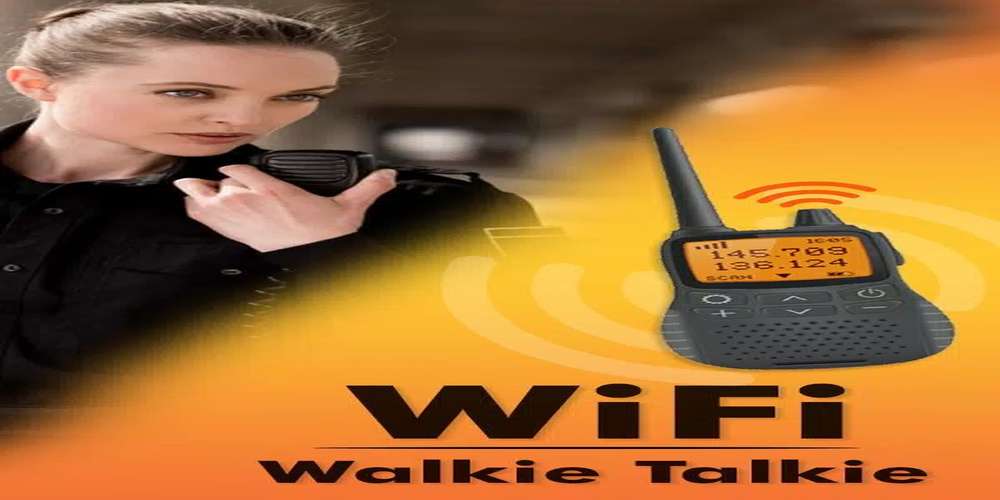This type of wifi walkie talkieie is built for wireless Internet infrastructure communication. Although these walkie talkies cannot be used with conventional two-way radios, they have many advantages for customers. To achieve range requirements, the majority of customers use their current Wi-Fi infrastructure.
Powered by Wi-Fi I.P addresses and a server are used to link walkie-talkies. If Wi-Fi is accessible at each site where the radios will be utilized, businesses with numerous locations can communicate with one another within those facilities, across the country, or around the globe utilizing their current Virtual Private Network. Please be aware that in order to function, Wi-Fi enabled two-way radios need some extra hardware.
Key Characteristics Of Walkie Talkie Powered by WiFi
- Add a cell phone SIM card for nationwide coverage and use the existing Wi-Fi infrastructure for range.
- 1 to 1, 1 to Many, and All Call Functions
- Excellent Audio Quality
- No FCC License Required
- Communicate Across Campus or Around the World via Wi-Fi.
- Compact, Durable Radios
How far can Walkie Talkie communicate?
The coverage range of a simplex-operated, commercial walkie-talkie is typically estimated to be between one and two kilometers (KM) (1-1.5 Miles). Even though some of our clients do travel further, it is important to mention the actual distance rather than the ideal distance.
Which is more effective: walkie-talkies or two-way radios?
Two-way radios allow you to transmit your message simultaneously, in contrast to walkie-talkies where you must stay in receive mode while someone is speaking. Both walkie-talkies and two way radios are operated without electricity and don’t need towers.
Is there a walkie-talkie application compatible with actual walkie-talkies?
Yes, there is one, and you can use it on both Android and iOS as well as tough smartphones and specially made gadgets. Users can use it to make their smartphones into walkies, and it is simple to use.
What Frequency Works Best for Walkie-Talkies?
Since VHF (136-174MHz) transmissions have a somewhat longer range for the same power output than UHF signals, they generally work better outside (400 – 470MHz). However, when there are adjacent obstructions like buildings, VHF signals do not work well.
Are There Any Private Channels on Walkie-Talkies?
There is always a potential that someone else may be utilizing the same channel you are using on two-way radios because there are only a certain number of channels accessible based on the frequencies assigned by the FCC. Privacy codes were created for this reason. The CTCSS or DCS codes that two-way radios can provide are the foundation for privacy codes.
UHF or VHF: Which is Preferable?
Radio interference is common in VHF since fewer frequencies are utilised. The UHF signal, on the other hand, is typically more effective for long-distance communication. UHF is preferred when utilizing radios inside buildings or in populated regions.
What Should You Keep in Mind When Purchasing Walkie-talkies?
You should consider who is utilizing the walkie-talkies. Make sure you have a model that can support many channels if you intend to have multiple teams managing them. Consider the location where you’ll be using them as well. Small, lightweight consumer grade radios will probably work OK in smaller hotels, but larger hotels (10+ floors) will require radios with 2 watts or more, with the biggest hotels requiring four-watt repeater radios. Before making a purchase, it is advisable to chat with a hospitality specialist about large properties with many staff members.

